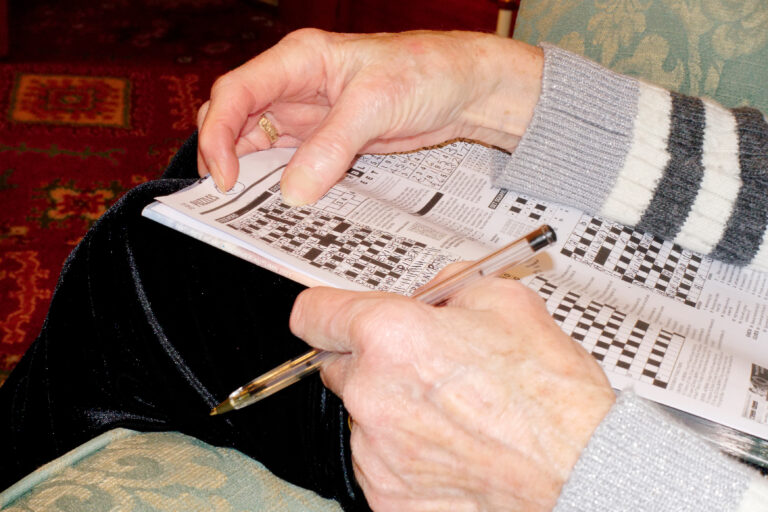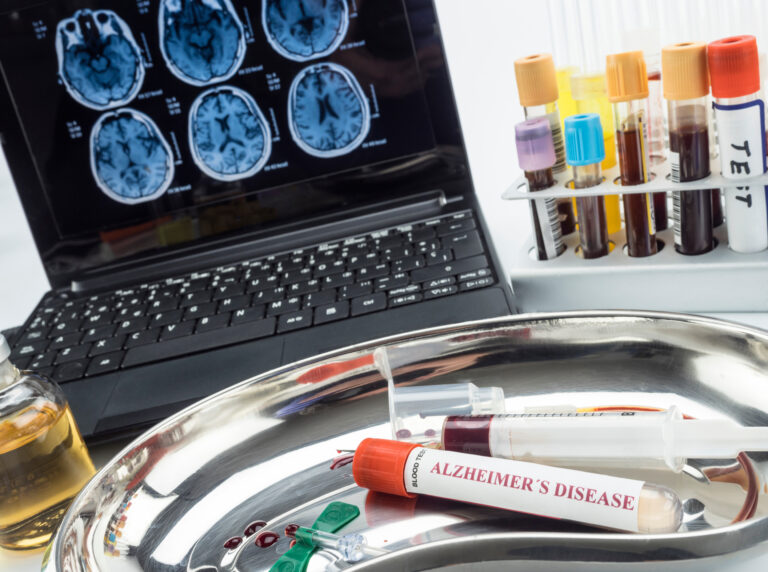Technology is everywhere in our lives, and for those over 30, it’s quietly causing some serious health problems. The devices we rely on daily—smartphones, computers, tablets—are not just tools; they come with hidden risks that build up over time.
One of the biggest issues is how screens affect our eyes. Phone and computer screens emit blue light, which is different from natural sunlight. This blue light scatters inside the eye more than natural light does, creating a kind of visual noise that strains the eyes. People who spend hours staring at their phones or monitors often experience digital eye strain—symptoms like dryness, irritation, headaches, and blurred vision become common. Over time, this constant strain can damage eye health significantly.
But it’s not just about your eyes feeling tired or sore—the blue light from screens also messes with your sleep cycle. Normally, our bodies use sunlight to regulate when we feel awake and when we get sleepy. Blue light signals to our brain that it’s daytime and time to be alert. When you’re scrolling on your phone late at night or working on a laptop before bed, this artificial blue light tricks your brain into staying awake longer than it should. Poor sleep then leads to a cascade of health problems: less energy during the day; slower healing processes; weakened immune function; even increased risk for dry eyes and infections.
Beyond physical effects like eye strain and poor sleep are other bodily pains linked to technology use: neck stiffness from looking down at phones all day; shoulder tension from bad posture while typing; back pain caused by sitting too long without breaks.
Mental health also takes a hit as screen time grows excessive outside work hours. Spending too much time online can increase stress levels and anxiety while reducing real-life social interactions that are crucial for emotional well-being. It steals away moments you could spend exercising or pursuing hobbies that refresh both body and mind.
There’s also evidence showing how problematic smartphone use can spiral into deeper psychological issues such as depression or social withdrawal—not only in teens but adults too—as people replace face-to-face contact with virtual connections alone.
What makes this especially concerning for those over 30 is how these effects accumulate silently over years until they manifest as chronic conditions affecting quality of life later on.
The good news? There are ways to fight back against technology’s harmful side:
– Limit screen exposure especially before bedtime
– Take regular breaks using techniques like the 20-20-20 rule (every 20 minutes look at something 20 feet away for 20 seconds)
– Adjust device settings to reduce blue light emission
– Maintain good posture while using devices
– Replace some screen time with outdoor activities or exercise
Technology isn’t going away anytime soon—it powers much of modern life—but being aware of its slow toll helps us make smarter choices every day about how we interact with it so we don’t pay an unnecessary price down the road.





